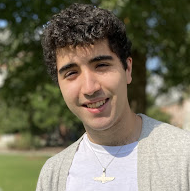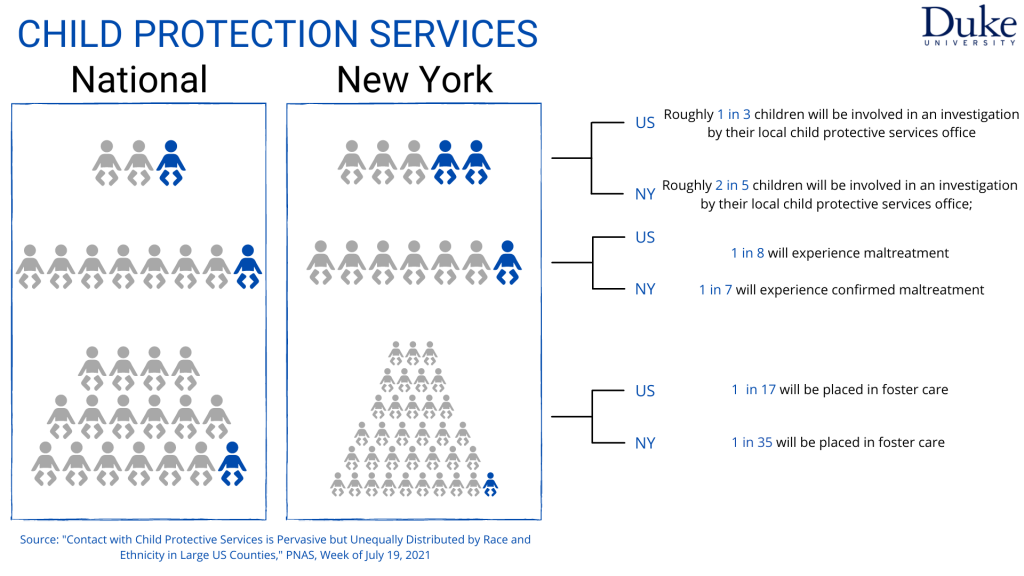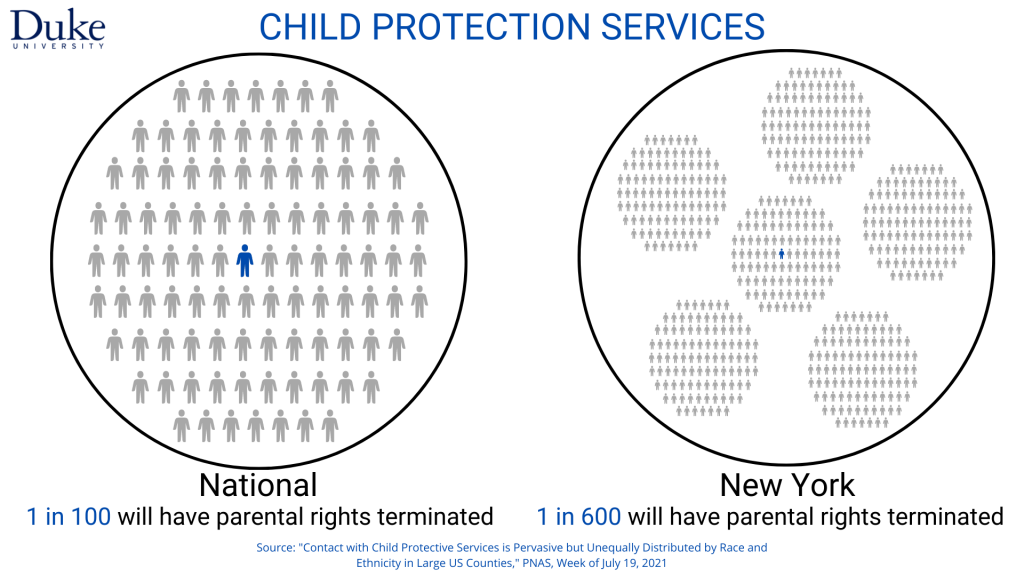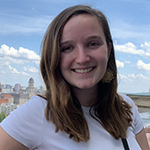With so many different career options in life, how do you know that you’ve found the right one for you?
Graduate students Edric Tam and Andrew McCormack, when asked what they hope to be doing in ten years, said they’d choose to do exactly the kind of work they’re doing right now – so clearly, they’ve found the right path. Tam, who obtained his undergraduate degree in Biomedical Engineering, Neuroscience and Applied Mathematics from Johns Hopkins University, and McCormack, who came from the University of Toronto with a degree in Statistics, are now 5th-year PhD students in the Department of Statistical Sciences. Tam works with Professor David Dunson, while McCormack works with Professor Peter Hoff, and both hope to pursue research careers in statistics.

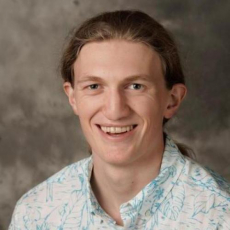
Research interests
For the past five years, McCormack has been doing more theoretical research, looking at how geometry can lend insights into statistical models. The example he gives is of the Fisher information matrix, a statistical model that many undergraduate statistics majors learn in their third or fourth year.
Tam, meanwhile, looks at data with unique graphical and connectivity structures that aren’t quite linear or easily modeled, such as a brain connectome or a social network. In doing so, he works on answering two questions – how can you model data like this, and how can you leverage the unique structure of the data in the process?
What both Tam and McCormack like about the field of statistics is that, as Tam puts it, “you get to play in everyone’s backyard.” Moreover, as McCormack says, the beauty of theoretical research is that, while it’s certainly more time-consuming and incremental, it is often timeless, giving insight into something previously unknown.
On walking the research path
What does it take to be a successful PhD student? Both McCormack and Tam agree that a PhD is just a degree – anyone can get one if you work hard. But what sustains both through a career in research is a passion for what they do. Tam says that “you need inherent motivation, curiosity, passion, and drive.” McCormack adds that it helps if you work on problems that are interesting to you.
Tam, who spent some time in a biomedical engineering lab during his undergraduate years, remembers reading about math and statistics the entire time he was there, which signaled to him that maybe, biomedical engineering wasn’t for him. McCormack’s defining moment occurred in the proof-based classes he took while as an undergraduate. He initially wanted to pursue a career in finance, but he quickly became enamored by the elegant precision of mathematical proofs – “even if all you’re proving is that 1+1=2!”
“You need inherent motivation, curiosity, passion, and drive.”
Edric tam, on what it takes to pursue a career in research
Even with passion for what you do, however, research can have its ups and downs. McCormack describes the rollercoaster of coming up with a new idea, convinced that “this is a paper right here”, and then a day later, after he’s had time to think about the idea, realizing that it isn’t quite up to the mark. Tam, who considers himself a pretty laidback person, sometimes finds the Type A personalities in research, as in any career field, too intense. Both McCormack and Tam prefer to not take themselves too seriously, and both exude a love for – and a trust of – the process.

Reflections on the past and the future
Upon graduation, McCormack will move to Germany to pursue a post-doc before beginning a job as Assistant Professor in Statistics at the University of Alberta. Tam will continue his research at Duke before applying to post-doc programs. In reflecting on their paths that have brought them till now, both feel content with the journey they’ve taken.
Tam sees the future in front of him – from PhD to post-doc to professorship – as “just a change in the title, with more responsibility”, and is excited to embark on his post-doc, where he gets to continue to do the research he loves. “It doesn’t get much better than this,” he laughs, and McCormack agrees. When McCormack joins the faculty at the University of Alberta, he’s looking forward to mentoring students in a much larger capacity, although he comments that the job will probably be challenging and he’s expecting to feel a little bit of imposter syndrome as he settles in.
When asked for parting thoughts, both Tam and McCormack emphasize that the best time to get into statistics and machine learning is right now. The advent of ChatGPT, for example, could replace jobs and transform education. But given their love for the field, this recommendation isn’t surprising. As Tam succinctly puts it, “given a choice between doing math and going out with friends, I would do math – unless that friend is Andy!”
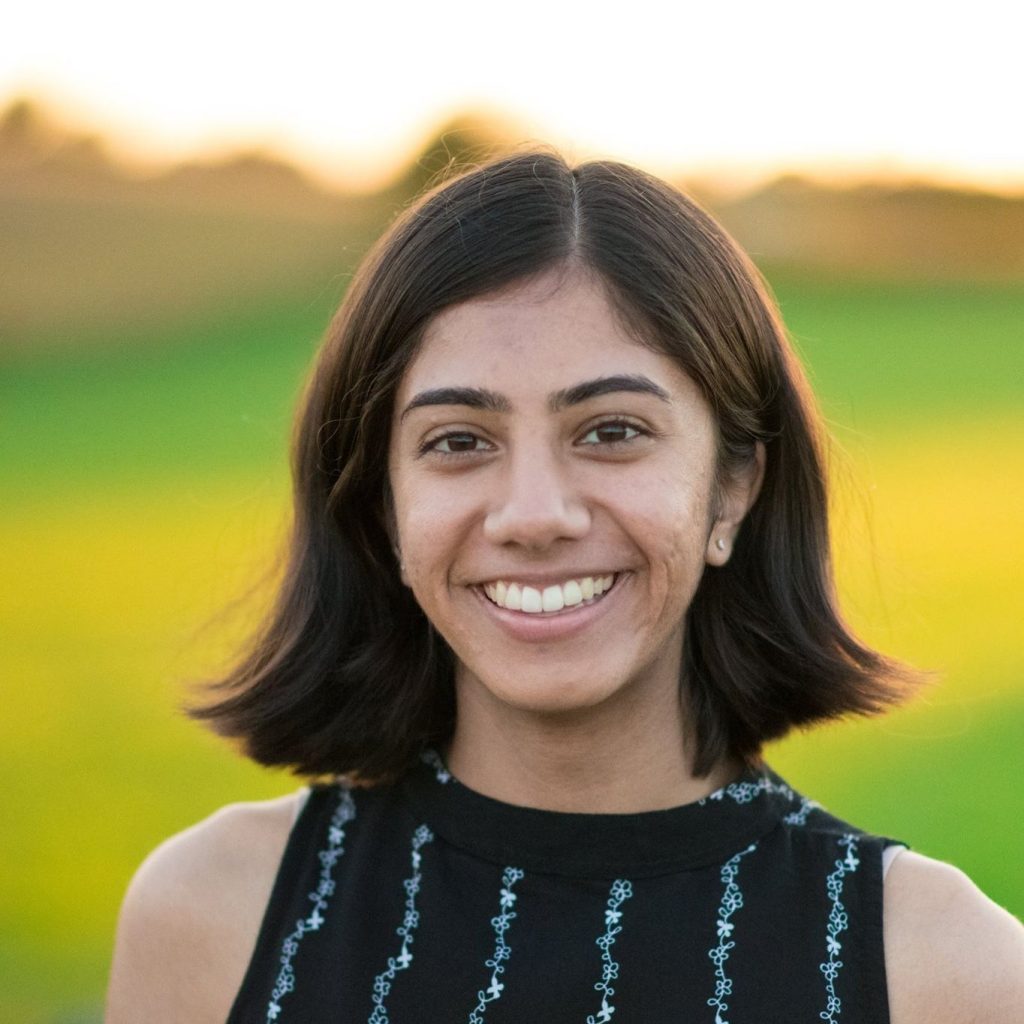

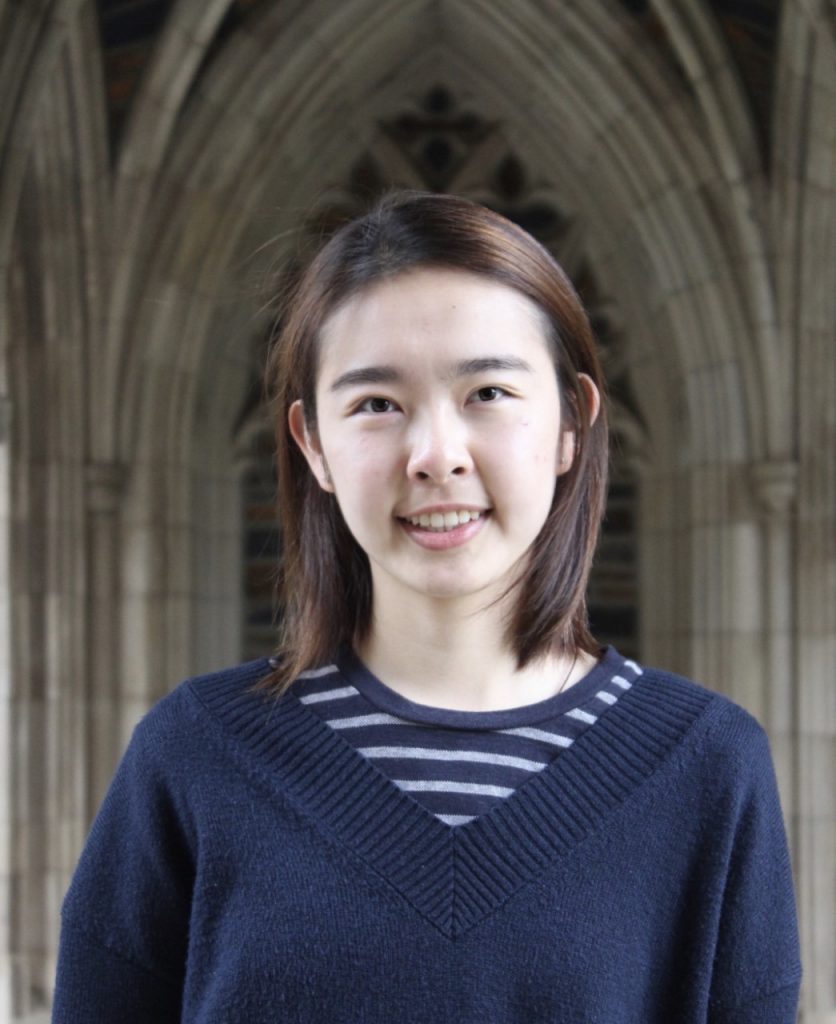

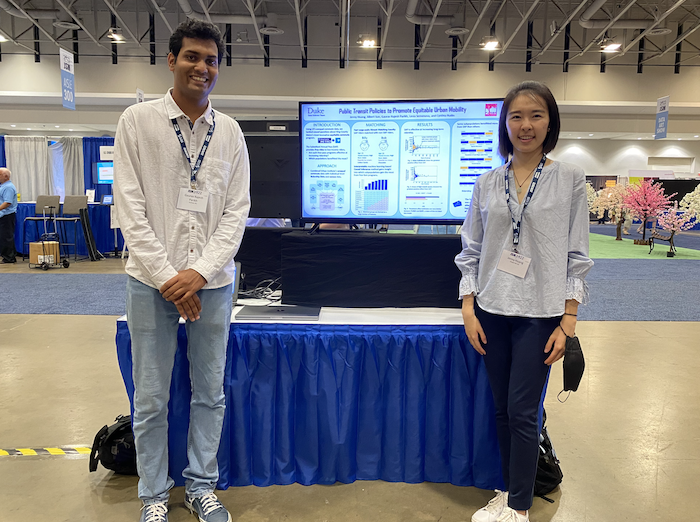




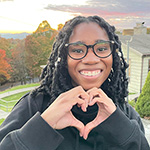
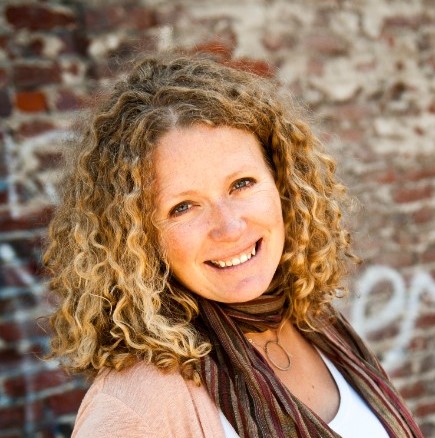






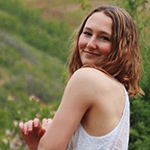







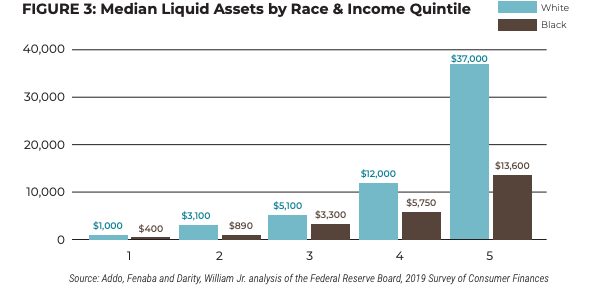

 Written by Skylar Hughes, Class of 2025
Written by Skylar Hughes, Class of 2025

